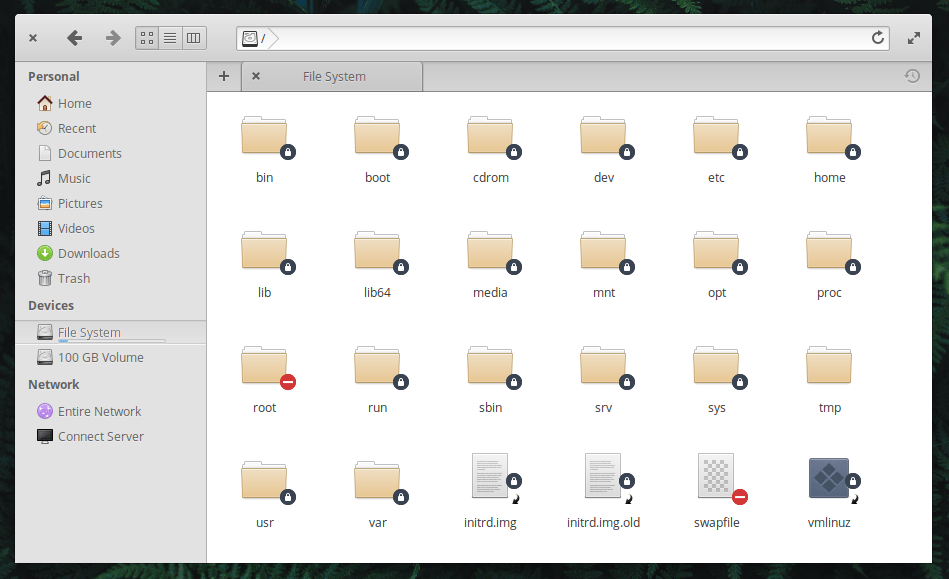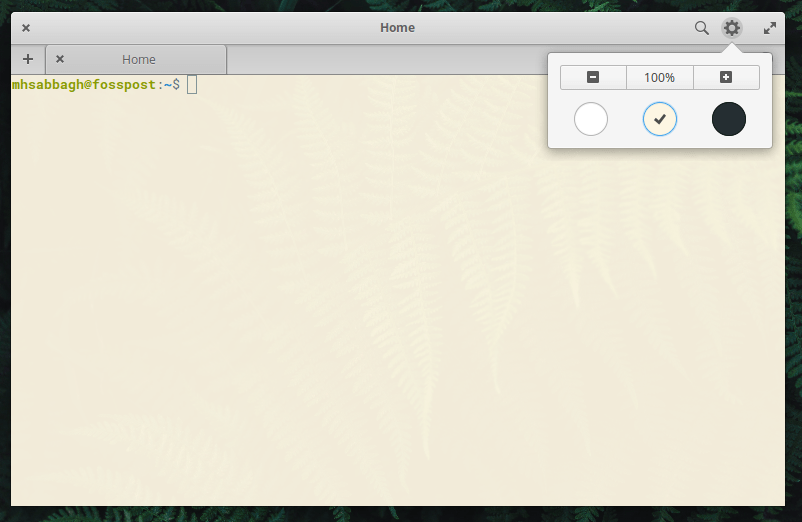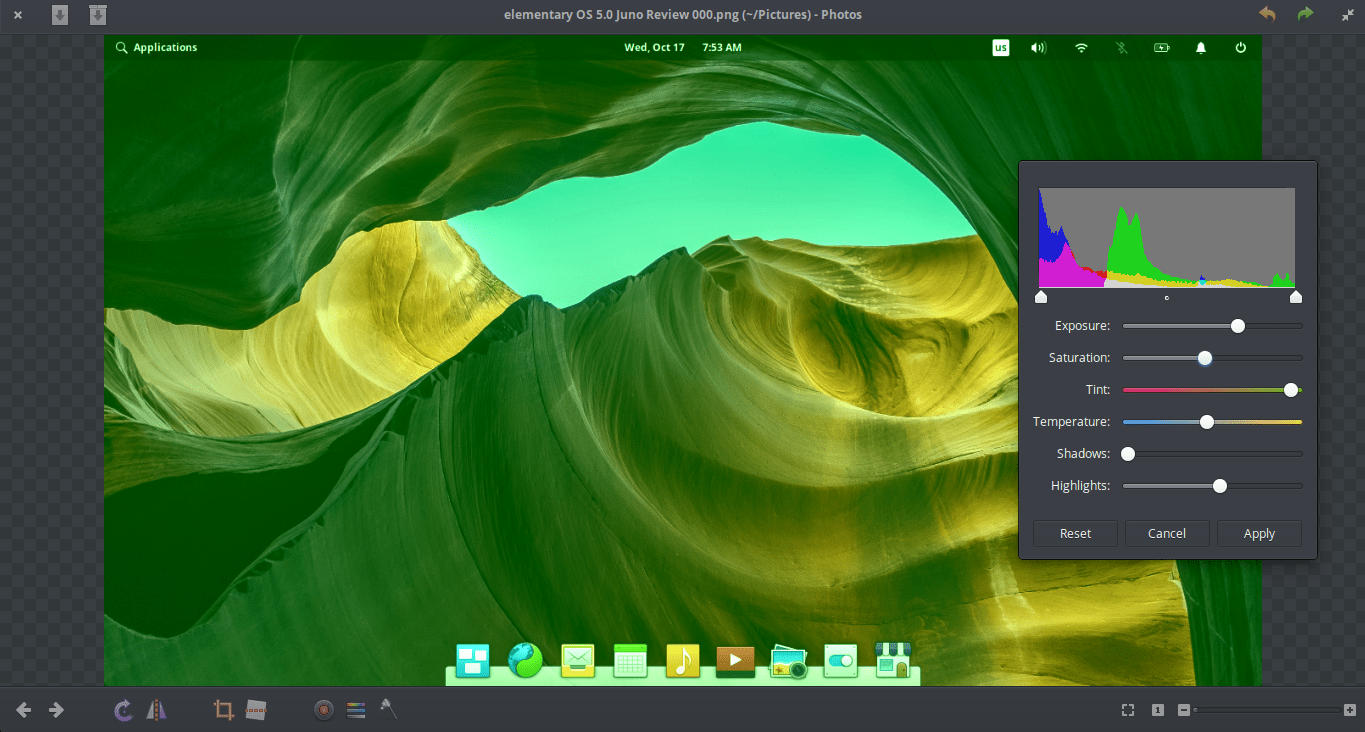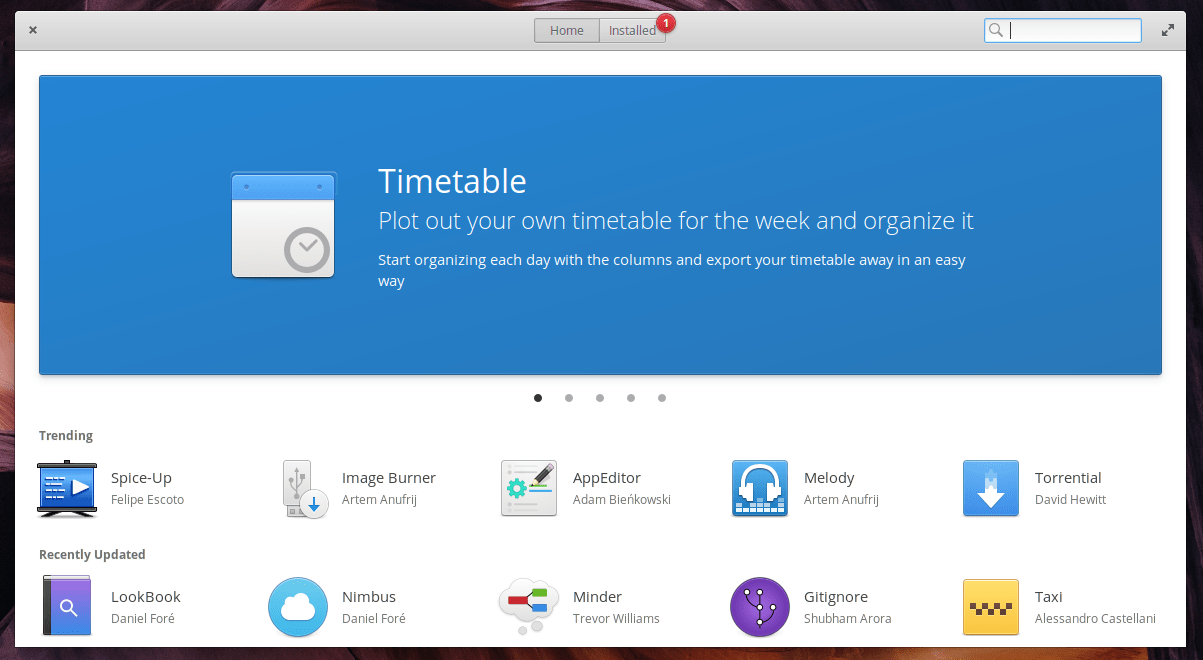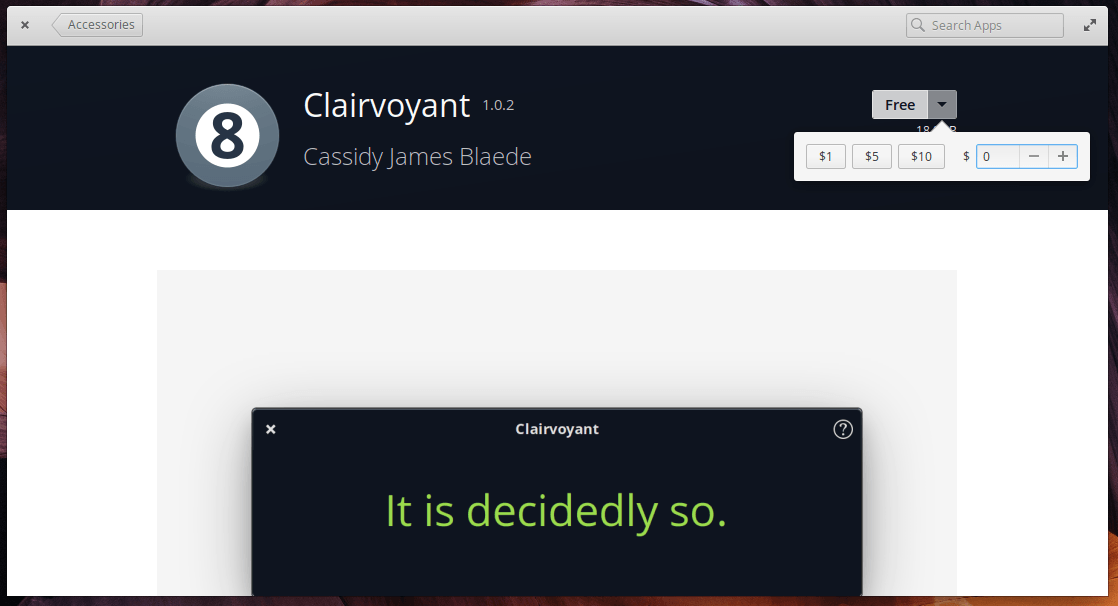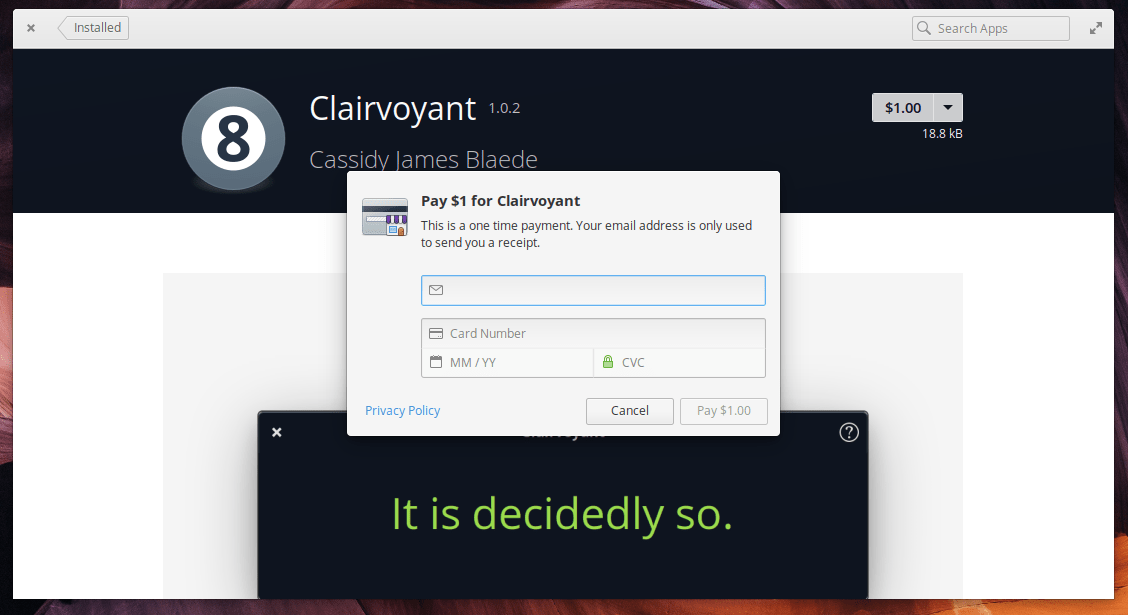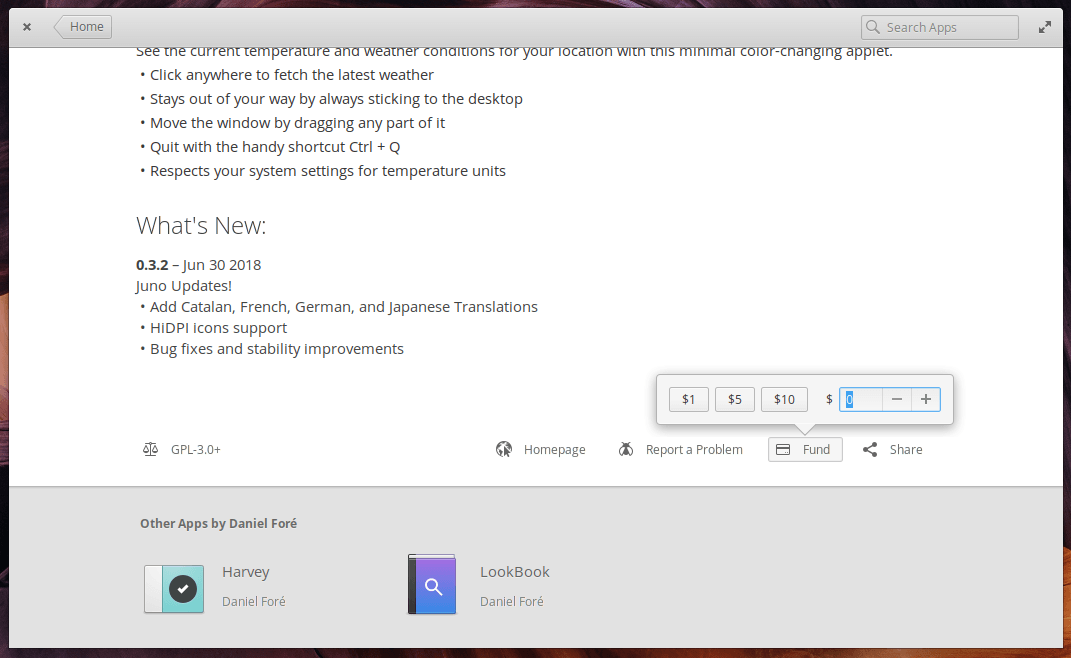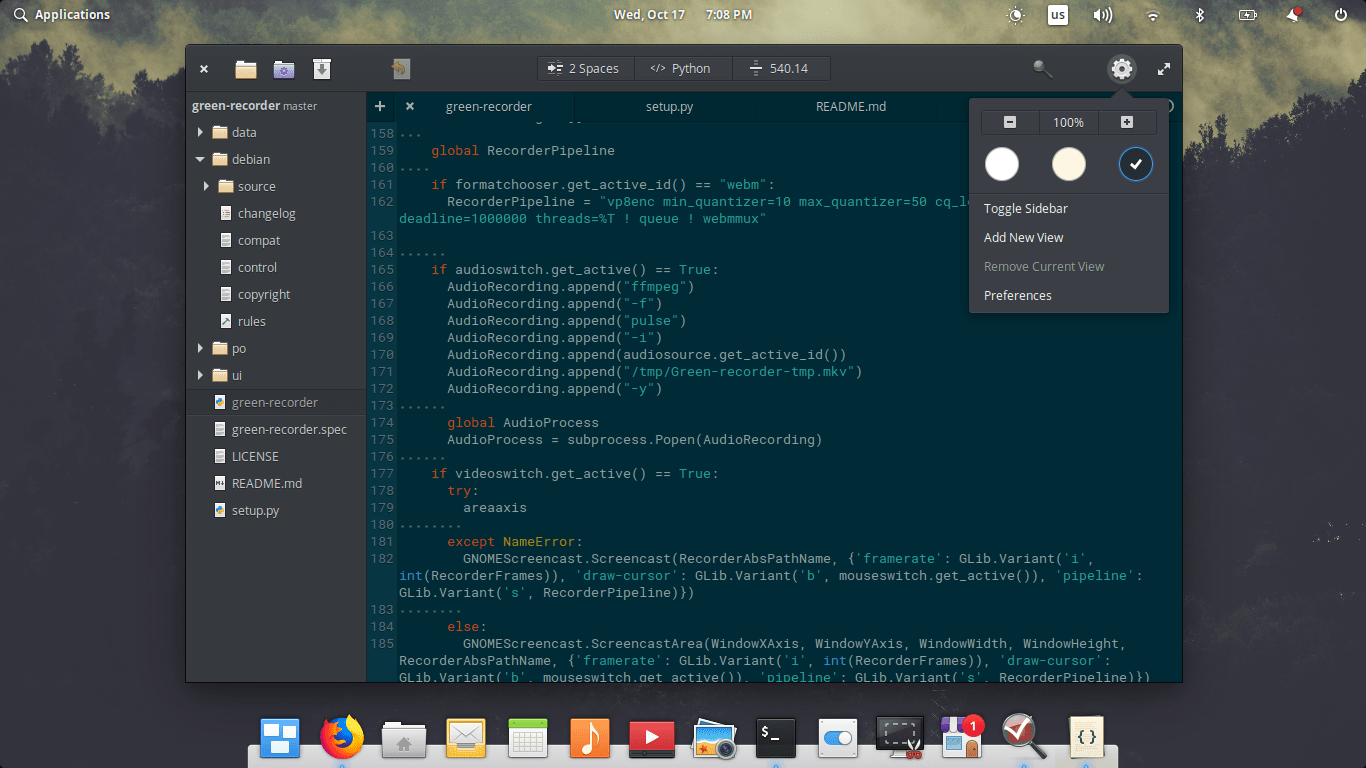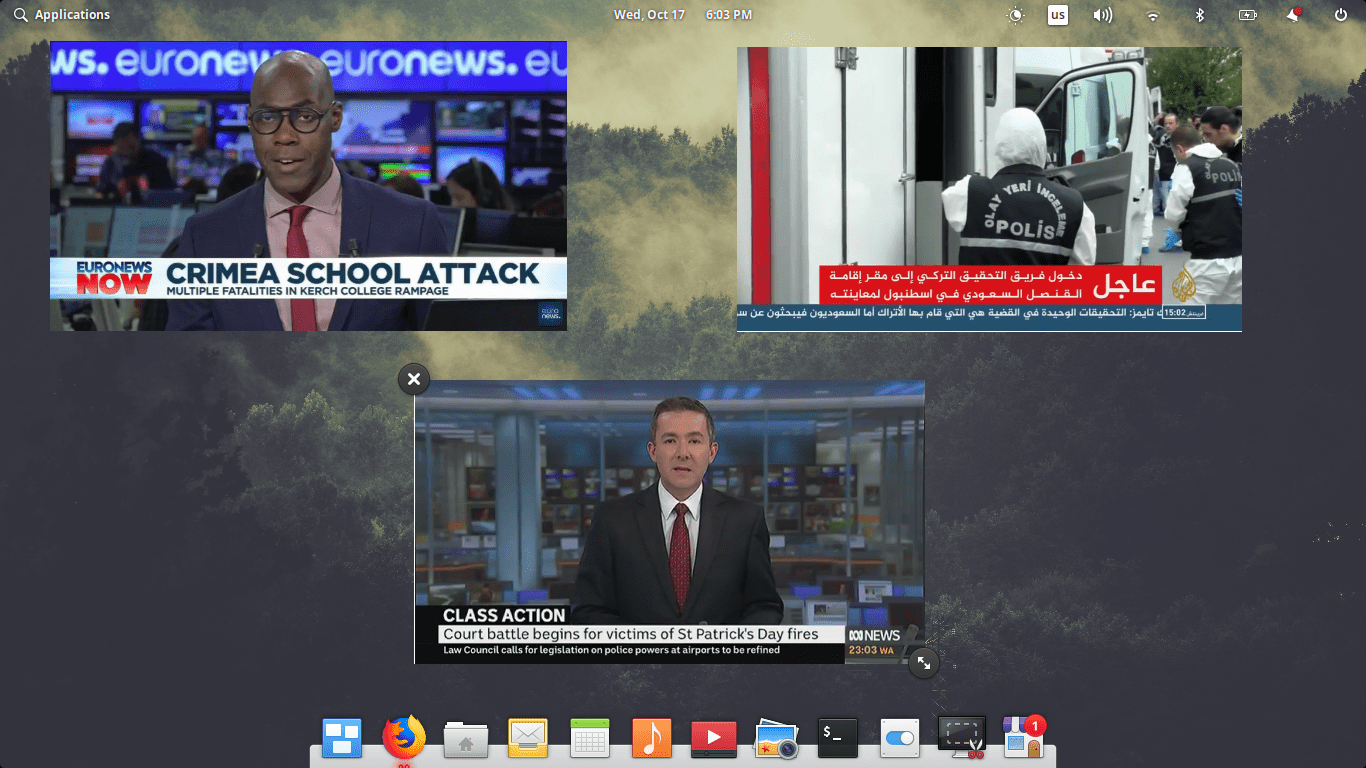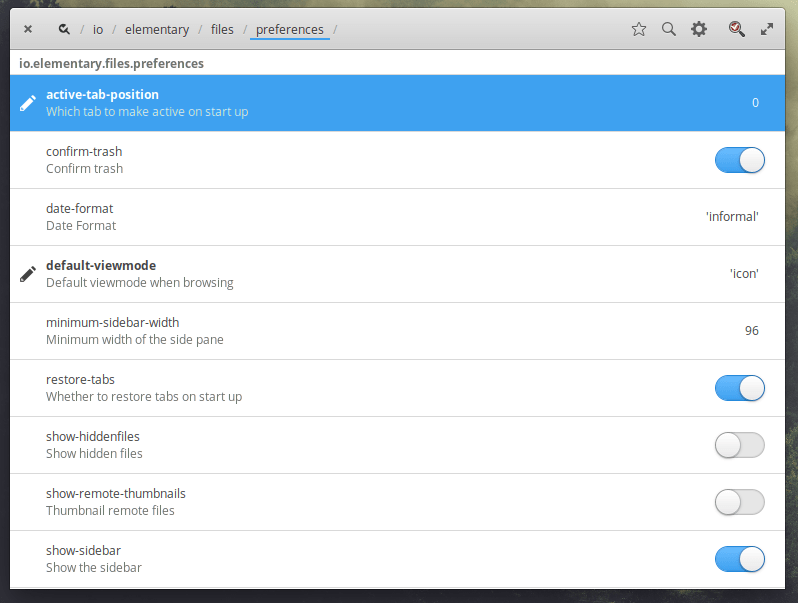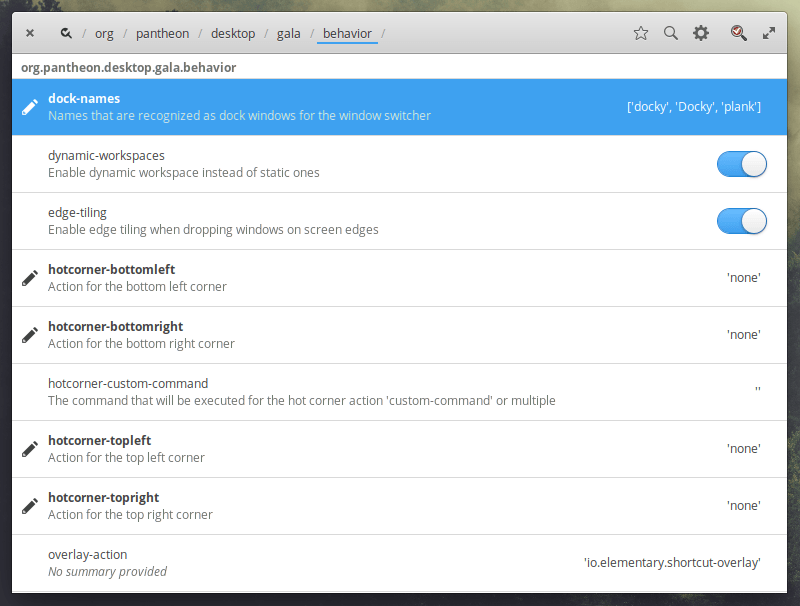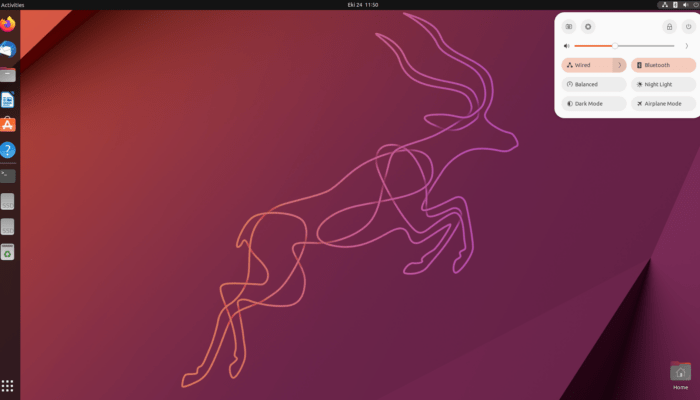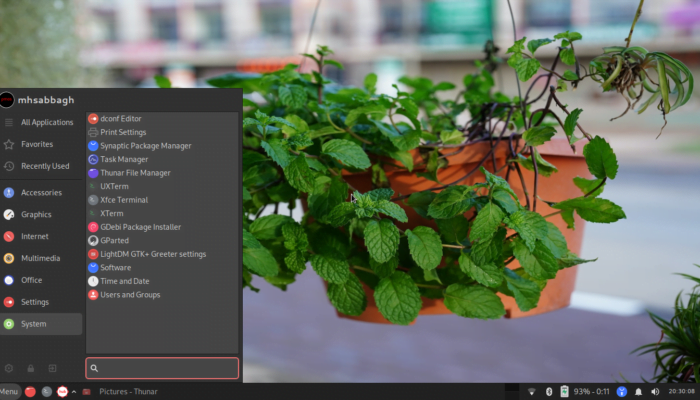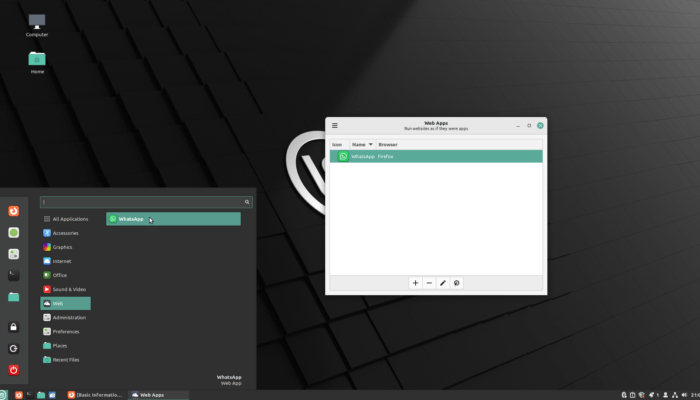Table of Contents:
elementaryOS 5.0
-
Available software
-
Creativity & Inventing
-
Daily Use Purposes
-
Stability & Bugs
-
Customizability
Summary
Beautiful UI, better functionality and features than the previous release. An absolutely must-try Linux distribution.
elementary OS is a Linux distribution which aims to be a modern, fast & beautiful replacement for Windows and macOS. It also tries to mimic a lot of design decisions from the latter, it’s very similar to macOS in terms of UI and usability, and is used by millions of beauty lovers around the world.
Yesterday, the elementary OS team released version 5.0 codenamed “Juno” of its operating system. Bringing tons of updates and improvements to both its core software and shape.
Here’s our review for the latest release and what you can expect from it. You may grab the release from the elementary’s official website while reading our review, TL;DR: It’s worth it.
elementary OS 5.0 Review
The default look & feel for the Pantheon desktop (elementary’s default desktop interface) hasn’t changed a lot since version 0.4 Loki; A transparent panel at top and a dock at bottom:
There was, however, a number of changes in elementary’s apps their selves. The Files application now uses new icons for folders and file formats:
The file manager in elementary looks gorgeous, sadly like many other elementary’ applications there’s no preferences window. So you can’t change anything in the app itself, you just use it as it is. This is similar to the mindset in macOS where it also forces you to use one set of preferences.
The Terminal application (and many other apps) received what’s known to be “quick controls”, which are simply quick settings available in the main UI of the program that can be used to adjust the application’s preferences. In Terminal, you can choose the color skin and font size:
Unlike most terminal emulators on other Linux distributions, you can easily copy & paste from and to the terminal using Ctrl + C and Ctrl + V. In case you were running something inside the terminal, the app will smartly recognize whether you want to use Ctrl + C to copy something from terminal or to stop the current command. More ever, there’s an embedded search functionality in the terminal app which allows you to search for text. There’s also an option in the context menu which allows you to open the current path in the files manager.
The Photos app now uses a dark theme by default. It also includes a redesigned photo adjustments dialog which allows you to play with photos’ colors. And includes some quick options to export the image in a different format, send it by Bluetooth or email, print it or compress it somewhere:
AppCenter, which is elementary’s software manager, got a set of huge updates since the latest release:
Here’s the categories page:
Now, it features a pay-what-you-want model for many open source programs which are in the store. This allows 3rd-party application developers to earn money from developing free software, and also allows users to put their hands on generally better software for whatever price they choose. If you can’t pay, you can put 0 in the custom amount box and download the app for free, or you can pay what you want:
And you will be prompted to enter your credit card information. elementary OS doesn’t store or even process your credit card information by their selves, but rather, depend on Stripe to do it. Your credit card is not stored anywhere which makes it safe to use for purchases. While it’s true that it will be annoying to have to enter the credit card information each time you want to pay for something, it’s the safer approach:
If there’s an update for a paid software (even if chose to pay nothing or 100 USD for it), you will be prompted again to the pay-what-you-want dialog. While it’s annoying in the first time, the AppCenter later will remember your preference and won’t ask you again for example if you chose not to pay anything upon the first update. A small inconvenience for a greater good.
You can also choose to fund software developers by yourself anytime you want. Say there’s a big update that came and you really liked the new features, you can show your appreciation by funding the developers:
The elementary OS developers are clearly trying to make desktop development profitable. A formula which even big companies like Red Hat and Microsoft admit to be impossible on the long run. But if they succeed in their request, it will definitely be another year of the Linux desktop. Currently we have nothing but to watch how the experiment will go and whether the numbers of paid downloads will grow after the release of Juno or not.
“Code” is the name of the default’s elementary’s text editor which is also customized for developers. It has also received quick controls which allow you to control space/tab length, highlighted programming language and current line. You can also quickly change the skin of the program:
You can easily expand the program’s functionality with extensions already installed. Some of them include a terminal emulator, a browser previewer and a word completion extension.
Talking about the elementary’s control center, you can now enable “Night Light” for your display in order to protect your eyes from blue light. Which will apply a layer of red color on your current display at time of night:
There’s also a service called “Housekeeping” which you can activate to automatically remove temporarily unused files from your system or empty your trash regularly:
The most remarkable feature in elementary OS 5.0 Juno is perhaps what is named “Picture-to-Picture Mode”; Which is basically a live scene taken for one of your workspaces which you can move to another workspace. You can toggle the feature using Super + F keys. Nothing better than the following video can demonstrate the new technique (Recorded using our Green Recorder):
This is a seriously good feature for a lot of scenarios. Say you are someone who works in a TV channel and you are requested to monitor what other channels have in their breaking news, instead of searching for special software or monitoring RSS feeds or having tons of screens like in movies, you can have them all in one:
If you have dual monitors, then you could use them to watch multiple streams, videos, games or any other things together, you can use them to monitor stocks/cryptocurrencies prices.. the possibilities for such feature are huge. I wish other Linux desktops would follow in the path of providing more intelligent and amazing features instead of removing them like what some well known desktops do, ugh!
Most of elementary OS applications do not come with a preferences window, but rather focus on simplicity and unified workflow. However, this doesn’t mean that you can’t do any customizations. If you install the dconf-tools package, you’ll be able to browse and modify the values of a lot of applications, including the Pantheon desktop itself:
elementary OS 5.0 Juno boots in around 6 seconds:
Startup finished in 5.271s (kernel) + 1.389s (userspace) = 6.660s graphical.target reached after 1.383s in userspace
And doesn’t consume so much RAM after booting up:
mhsabbagh@fosspost:~$ free -m total used free shared buff/cache available Mem: 3378 427 2434 162 516 2575 Swap: 1239 0 1239
elementary OS 5.0 Juno is based on Ubuntu 18.04 LTS, and comes with Linux kernel 4.15 and around 1600 installed package by default. You can view a full list of these from this link.
Conclusion
elementary OS is arguably the most beautiful Linux distribution out there. With its latest release, it moves another step toward becoming one of the most functional and solid ones as well. elementary OS 5.0 Juno is stable and bug-free from our experience, and offers a lot of new features which would be beneficial for a lot of users.
If you are using an older version of elementary OS or still thinking about what Linux distribution to use, then we definitely recommend upgrading to elementary OS 5.0 Juno. It’s probably one of the most advanced Linux desktop experiences in the wild.
elementaryOS 5.0
-
Available software
-
Creativity & Inventing
-
Daily Use Purposes
-
Stability & Bugs
-
Customizability
Summary
Beautiful UI, better functionality and features than the previous release. An absolutely must-try Linux distribution.
With a B.Sc and M.Sc in Computer Science & Engineering, Hanny brings more than a decade of experience with Linux and open-source software. He has developed Linux distributions, desktop programs, web applications and much more. All of which attracted tens of thousands of users over many years. He additionally maintains other open-source related platforms to promote it in his local communities.
Hanny is the founder of FOSS Post.


